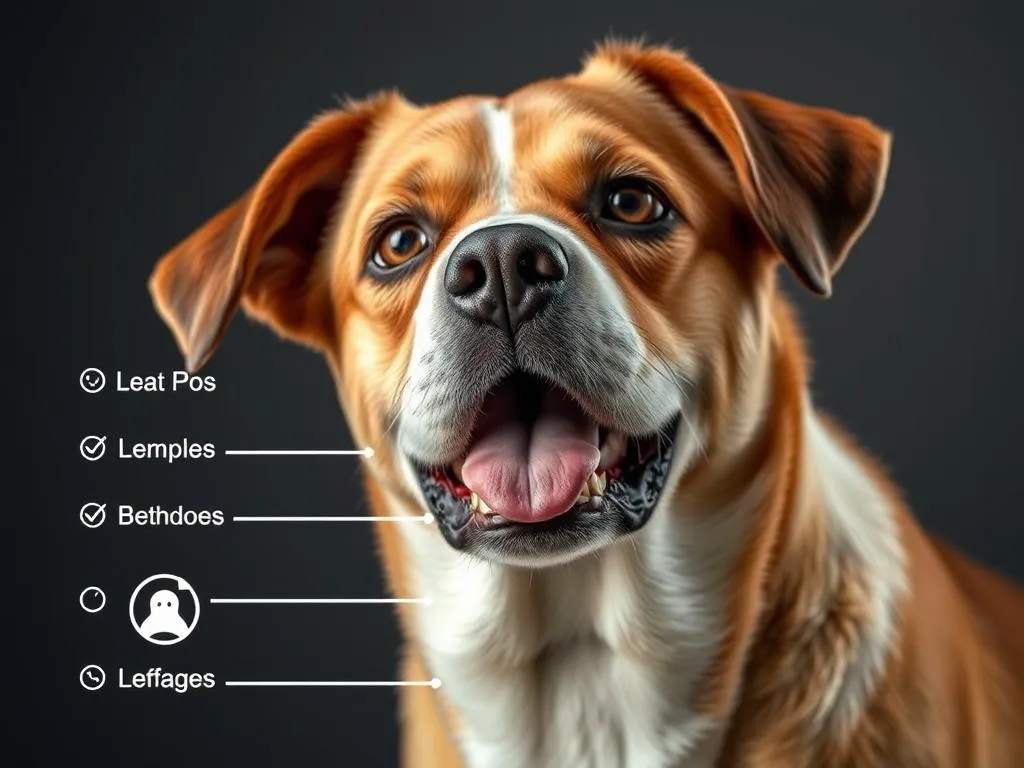
Introduction
Understanding dog nutrition is crucial for every pet owner. A balanced diet not only fuels our furry friends but also plays a significant role in their overall health and behavior. Just like humans, dogs can experience various dietary issues, one of the most common being food allergies. Identifying and managing these allergies is essential for maintaining a dog’s well-being.
Food allergens can lead to chronic health issues if left unaddressed. This article will delve into the common food allergens for dogs, how to identify them, and strategies for managing these allergies effectively.
Understanding Food Allergies in Dogs
What are Food Allergies?
Food allergies occur when a dog’s immune system mistakenly identifies a specific food protein as harmful, triggering an immune response. This is different from food intolerances, which typically involve the digestive system and do not involve the immune system.
Common signs and symptoms of food allergies in dogs can include:
- Itching and scratching
- Rashes or skin infections
- Gastrointestinal issues such as vomiting or diarrhea
- Ear infections
- Behavioral changes like irritability or lethargy
How Food Allergies Develop
Food allergies in dogs can develop due to various factors, including genetics and environmental influences. When a dog consumes a food item repeatedly, the immune system may eventually react to it, leading to an allergic response.
The immune response involves the production of antibodies that attack the perceived threat, which can result in inflammation and other allergic symptoms. Understanding the factors contributing to food allergies can help pet owners take preventive measures.
Common Food Allergens for Dogs
Overview of Common Allergens
Certain foods are more likely to cause allergic reactions in dogs. Here is a list of the most common food allergens:
- Beef
- Chicken
- Dairy
- Wheat
- Eggs
- Soy
- Lamb
- Fish
- Corn
- Pork
Detailed Analysis of Each Allergen
Beef
- Symptoms of allergy: Chronic itching, ear infections, and gastrointestinal distress.
- Alternatives: Consider turkey, duck, or venison as protein sources.
Chicken
- Symptoms of allergy: Skin irritations, vomiting, and diarrhea.
- Alternatives: Fish or lamb can be good substitutes for chicken.
Dairy
- Symptoms of allergy: Diarrhea, vomiting, and itchy skin.
- Alternatives: Many dogs do well with lactose-free products or non-dairy options.
Wheat
- Symptoms of allergy: Itchy skin, gastrointestinal issues, and ear infections.
- Alternatives: Rice, oats, or other gluten-free grains can be used instead of wheat.
Eggs
- Symptoms of allergy: Skin problems, vomiting, and diarrhea.
- Alternatives: Meat-based diets can be helpful for dogs allergic to eggs.
Soy
- Symptoms of allergy: Skin irritation and digestive problems.
- Alternatives: Meat or fish-based protein sources are advisable for soy allergies.
Lamb
- Symptoms of allergy: Similar to other allergens, including skin and digestive issues.
- Alternatives: Try using alternative protein sources like turkey or fish.
Fish
- Symptoms of allergy: Itching, gastrointestinal upset, and skin infections.
- Alternatives: Consider chicken or lamb as proteins without fish.
Corn
- Symptoms of allergy: Itchy skin and digestive problems.
- Alternatives: Other grains like rice or potatoes can replace corn in the diet.
Pork
- Symptoms of allergy: Skin irritations, vomiting, and diarrhea.
- Alternatives: Chicken, turkey, or fish can be suitable alternatives.
Identifying Food Allergies in Dogs
Common Symptoms of Food Allergies
Recognizing the signs of food allergies is the first step toward helping your dog. Common symptoms include:
- Skin issues: Dogs may exhibit excessive scratching, licking, or biting at their skin, leading to redness or infection.
- Gastrointestinal problems: Vomiting and diarrhea are common indicators that something in the diet doesn’t agree with your dog.
- Behavioral changes: Allergies can make dogs irritable and lethargic, affecting their overall demeanor.
Diagnostic Process
Identifying food allergies often requires a thorough diagnostic process. Consult a veterinarian if you suspect your dog has a food allergy. They may recommend:
- Elimination diets: This involves removing potential allergens from your dog’s diet and then reintroducing them one at a time to identify the culprit.
- Allergy testing methods: Blood tests and skin tests can help determine specific allergies.
Managing Food Allergies in Dogs
Creating an Allergy-Friendly Diet
Once food allergens are identified, it’s crucial to create an allergy-friendly diet for your dog. Here are some tips:
- Importance of reading dog food labels: Look for high-quality dog food that lists specific protein sources and avoid those with fillers or common allergens.
- Recommended hypoallergenic dog food brands: Some brands specialize in hypoallergenic diets specifically formulated for dogs with allergies.
- Homemade diet considerations: If you choose to prepare your dog’s food at home, consult a veterinarian to ensure the diet is balanced and meets the nutritional needs.
Transitioning to New Food
Transitioning your dog to a new diet should be done gradually to minimize gastrointestinal upset. Follow these steps:
- Mix a small amount of the new food with the current food.
- Gradually increase the proportion of the new food over several days.
- Monitor your dog for any signs of an allergic reaction during the transition.
Ongoing Management and Monitoring
Managing food allergies is an ongoing process. Here are ways to stay on top of your dog’s dietary needs:
- Keeping a food diary for tracking reactions: Documenting what your dog eats and any reactions can help identify patterns.
- Regular vet check-ups: Schedule routine visits with your veterinarian to monitor your dog’s health and dietary needs.
- Importance of consistency in diet: Stick to the prescribed diet to prevent allergic reactions and maintain your dog’s health.
Conclusion
Understanding dog nutrition and recognizing common food allergens for dogs is vital for ensuring your pet’s health and happiness. If you suspect your dog has food allergies, consult with your veterinarian for personalized advice tailored to your dog’s specific needs.
Sharing experiences and insights with fellow dog owners can also provide valuable support in managing food allergies effectively. Remember, a well-nourished dog is a happy dog!
FAQs
Can dogs outgrow food allergies?
While some dogs may outgrow certain food allergies, many will have them for life. Ongoing management is often necessary.
How can I tell if my dog has a food allergy or intolerance?
Food allergies typically involve the immune system and can cause skin issues, while food intolerances usually lead to digestive problems. Consulting a veterinarian is the best way to differentiate between the two.
What should I do if my dog has a severe allergic reaction?
If you suspect your dog is having a severe allergic reaction, seek immediate veterinary attention. Symptoms like swelling, difficulty breathing, or severe vomiting require urgent care.
Are there hypoallergenic dog foods available?
Yes, many brands offer hypoallergenic dog food specifically formulated for dogs with food allergies. Always consult with your vet before making dietary changes.
How long does it take to see improvement after changing my dog’s diet?
It can take several weeks to see improvement after eliminating allergens from your dog’s diet. Patience and consistency are key during this process.









